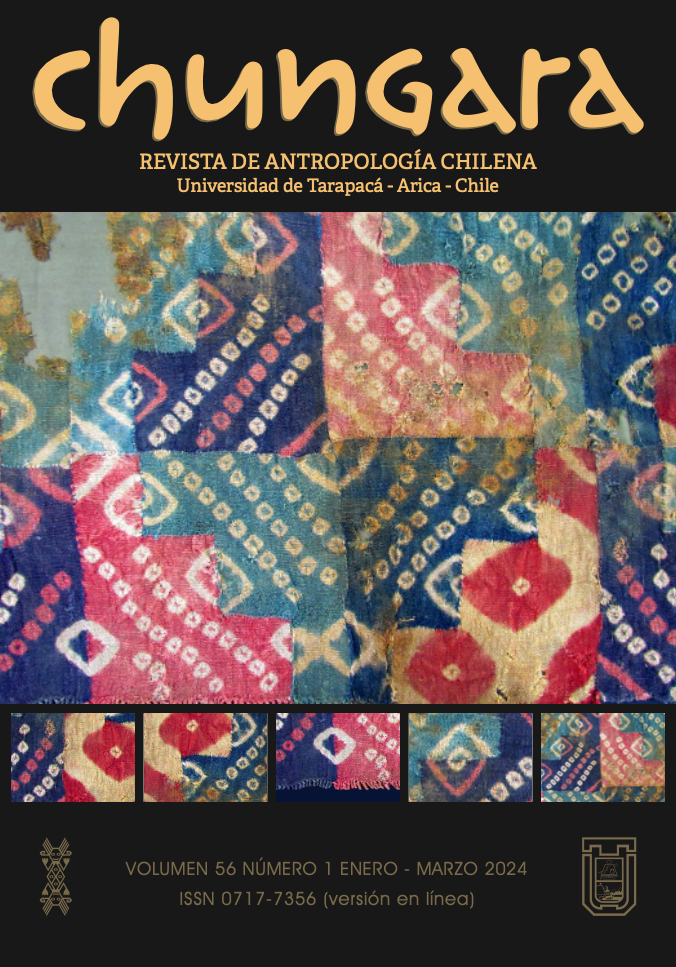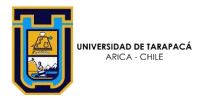ANTHROPIC CAMELID PROCESSING PATTERNS DURING THE PLEISTOCENE-HOLOCENE TRANSITION IN CUEVA TÚNEL, CENTRAL PLATEAU OF SANTA CRUZ, ARGENTINA
PATRONES DE PROCESAMIENTO ANTRÓPICO DE CAMÉLIDOS DURANTE LA TRANSICIÓN PLEISTOCENO-HOLOCENO EN CUEVA TÚNEL, MESETA CENTRAL DE SANTA CRUZ, ARGENTINA
Catalina Valiza Davis, Diego Damián Rindel and Rafael Sebastián Paunero
This paper aims to study a bone assemblage deposited in the Cueva Túnel site, located in the Central Plateau of Santa Cruz, Argentina. The site covers a temporal range that dates from late Pleistocene to Late Holocene. We focus on its lower component, dating back to ca. 10500 years BP, which presents a wide diversity of fauna, including several extinct species. Faunal remains have been found that correspond to three camelids species: Lama guanicoe, Hemiauchenia paradoxa and Lama gracilis. The objective of this paper, then, is to analyze the consumption patterns of camelids, as they are the most represented taxa in the analyzed assemblage. This situation is repeated in other sites corresponding to the Pleistocene-Holocene transition in southern Patagonia, indicating the economic importance that camelids have had throughout the initial Patagonia colonization process. However, the strategies employed in the processing and consumption of these taxa, and the inter-taxonomic differences in the exploitation of these resources have not been investigated in detail. To achieve this, we consider the following variables: taxonomic assignment, frequency of skeletal parts, evidence of taphonomic agents and the study of human processing and consumption marks. These data are contextualized with information about the ecological environment, in order to present a characterization of the subsistence and mobility patterns of the first human groups that populated the interior sectors of southern Patagonia.







